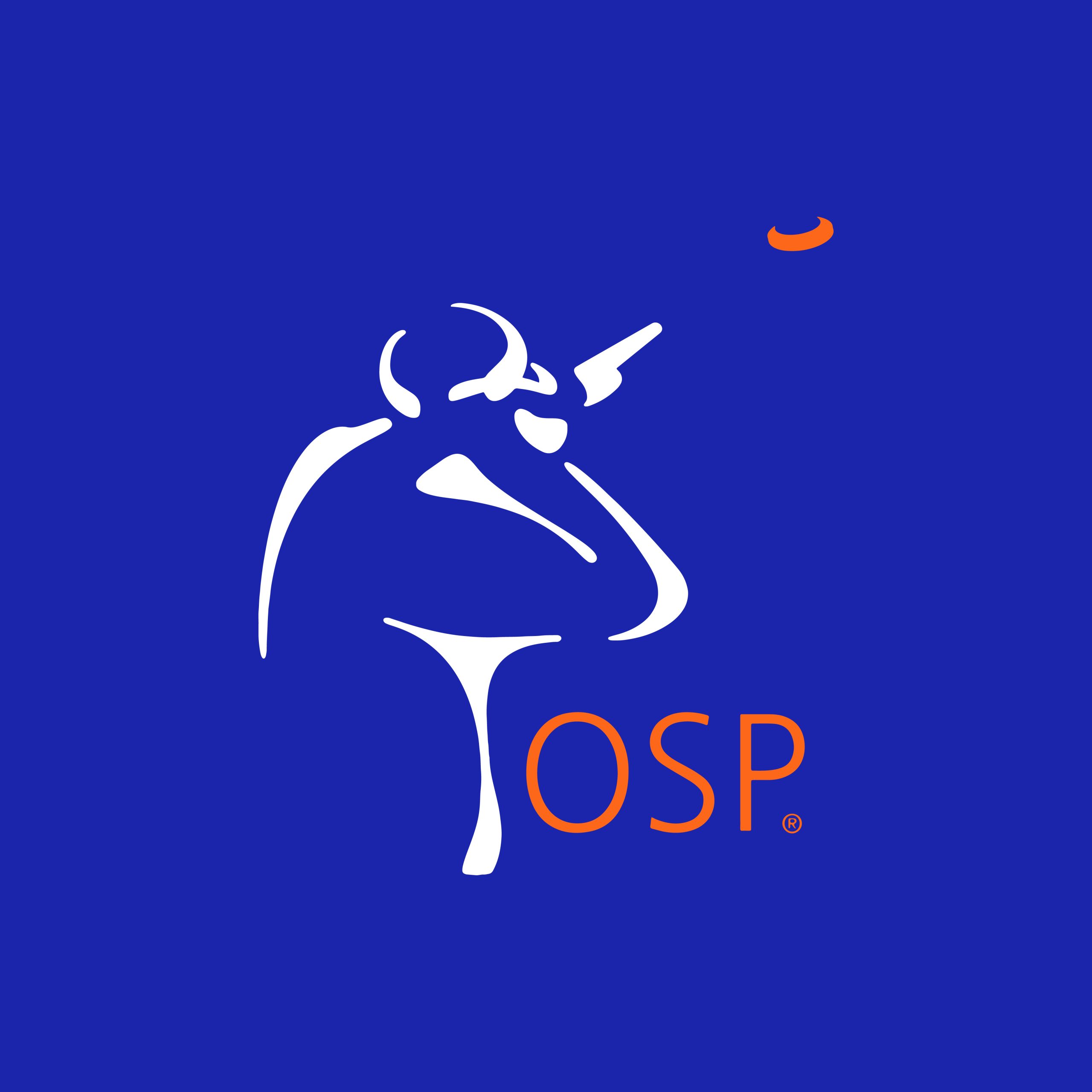The Contents of Your Pre-Shot Routine
Less is important. The mistake that most people make in the beginning is they put way too many things in their pre-shot routine, which means they haven’t done enough of what they do in their routine to make it a habit. It’s eight things instead of only three things.
Less is more. Less is important. It’s less important exactly what’s in it. The thing that’s important is the rhythm of the routine be the same with a cue to begin, which switches you from conscious planning to subconscious action, telling your brain when you’re going to ask it to act based on your predetermined plan.
We’ve talked about this many times in articles and on the Coaching Hour. The brain always wants to know what’s coming next. If you give it a clear, concise command, if you have a good routine, when you begin your routine, the brain knows within 1/10th of a second when you’re going to ask it to act. When it doesn’t know that, it’s not happy. Your brain always wants to know what’s coming next. And when it does, it’s happy.
We’ve learned about twitch moves, which are the tiny muscle movements that happen below your consciousness just prior to your big muscles engaging what you’re about to do. We’ve also learned how important these muscle groups are to immediate synchronous movement of the body with the target.
It’s the twitch moves that happen that enable your big muscle moves to instantly be in sync with the target. The only way your brain knows when to activate your twitch muscles is to know by the rhythm of your routine from start to pull. And that rhythm being the same each and every time before you call.
This is the reason the routines are so important. First, you must commit to how and where you’re going to hit the targets using the priming words that give you an instant 3-D movie of all the mechanical setup so you don’t have to think about mechanics in the cage. This allows for you to stay, as OSP member Dean Troutte would say, downrange with the target.
The next thing is to believe your plan. That’s a big deal. Not enough people believe their plan and are committed to their plan.
So, they have a plan, but once the target’s in the air, they worry more about trying to break the target and helping the gun than they do actually carrying out their plan to see if it was a good plan in the beginning.
At this point in time in your routine, you’ve already looked at the targets. You’ve used your priming words: “I’m going to challenge that one there and stroll-catch that one there.” You load the gun at that point in time. From that point, you never have to look at any part of the gun until after the pair is hit.




